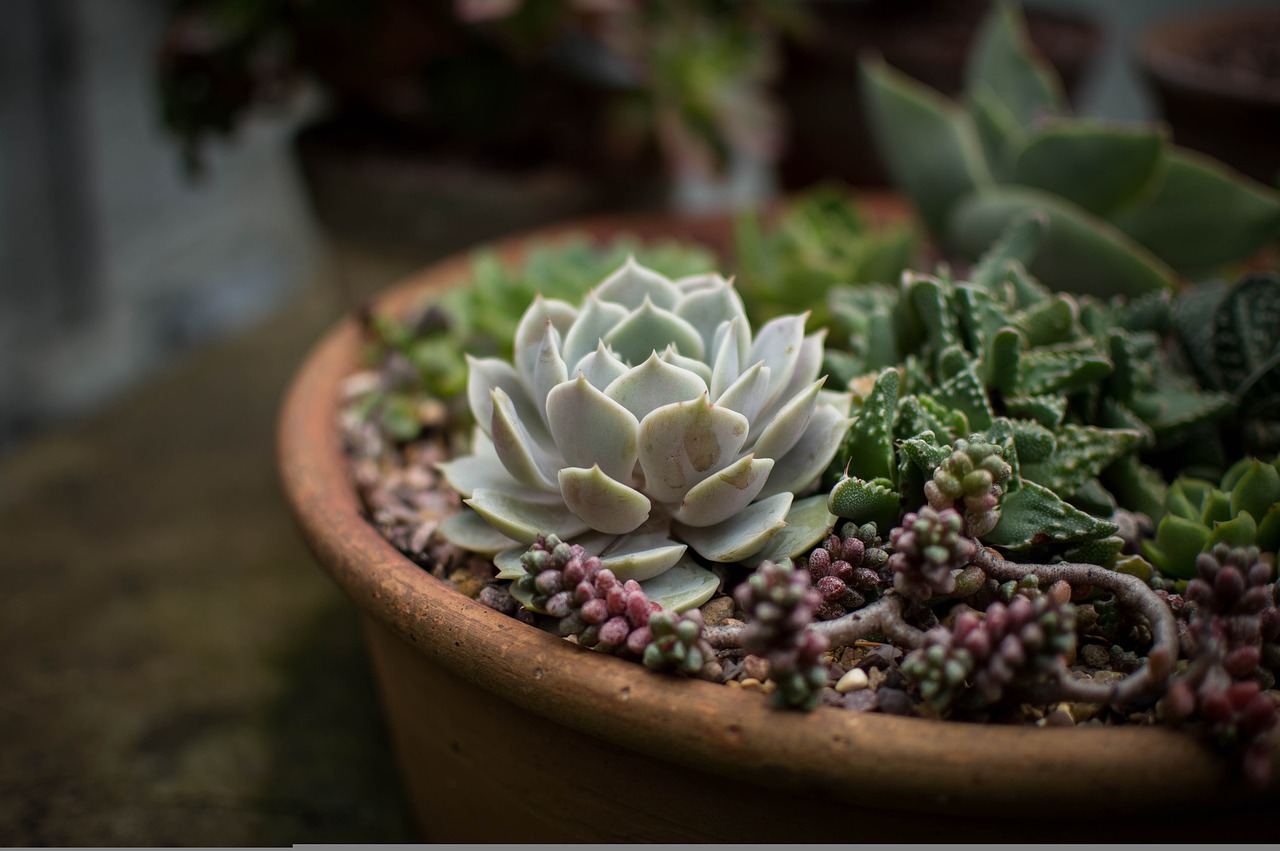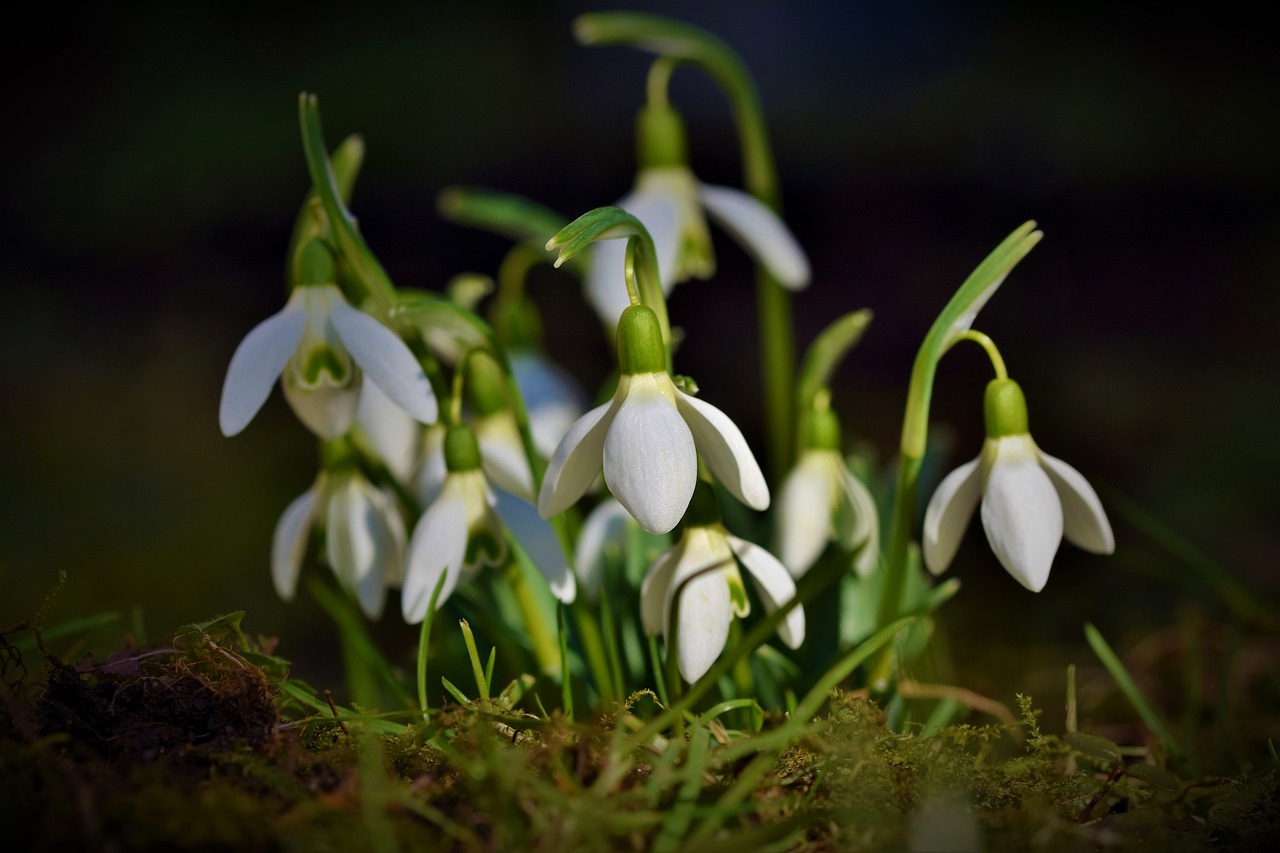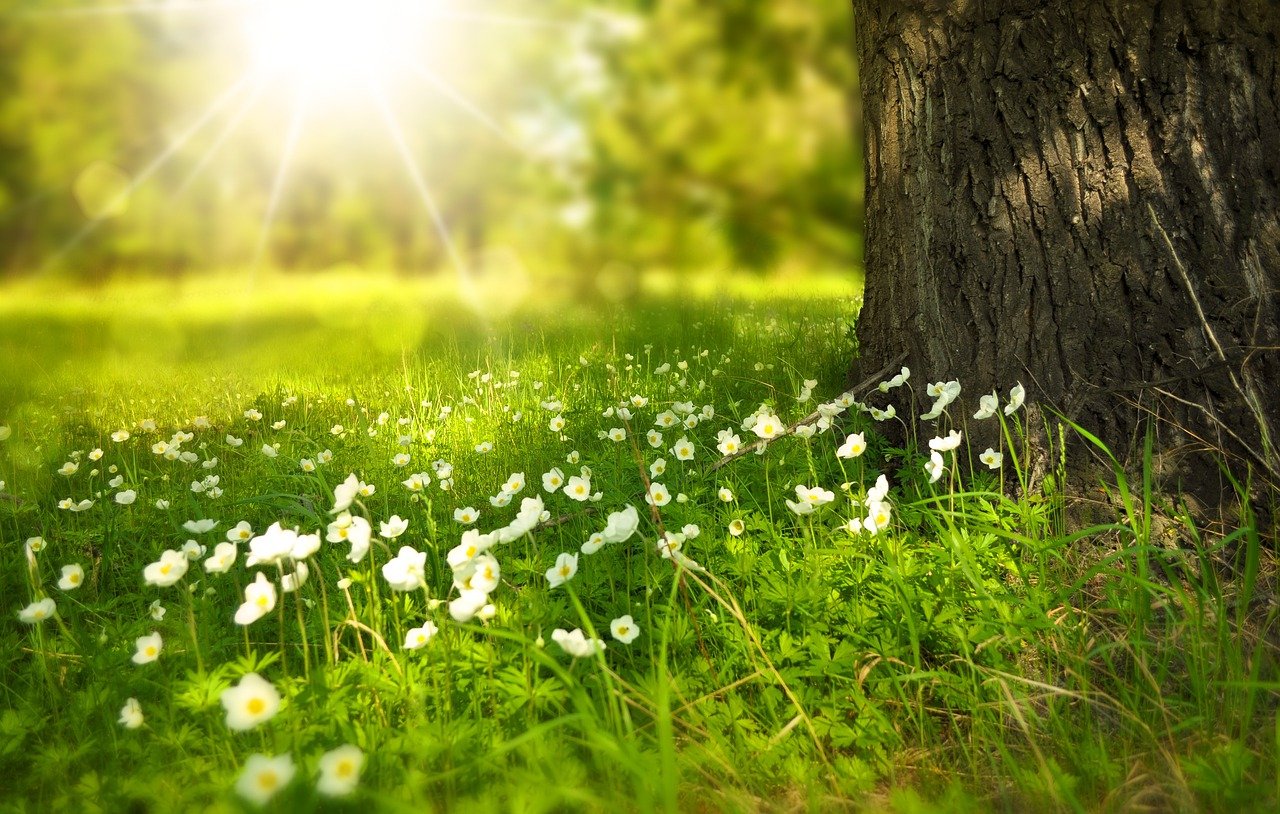Succulents are the perfect plants for anyone who wants to add a touch of greenery to their home or garden but doesn’t have a lot of time to take care of plants.
These easy-to-grow plants can be used to decorate any space, and they come in a variety of shapes and colors. In this blog post, we will discuss the best ways to use succulents to decorate your home and garden. We will also provide tips on how to care for these beautiful plants!
Succulents come in many varieties and are extremely versatile in that they can be used for landscaping and, when grown in pots, as part of the decor.
Succulents flourish anywhere. They look fantastic in pots and are ideal for landscaping. The fact that they are very resilient and can thrive with minimum fuss makes them suitable for most homes.
About Succulents

Succulents are plants that store water in their leaves or stems, which means they can withstand periods of dryness. Most plants would die without regular watering, but succulents, being able to absorb and store more than the normal amount of water in their leaves or stems are able to survive long periods without water.
They usually have thick, waxy leaves that help reduce water loss. In the right conditions, succulents can produce colorful flowers.
Growing Succulents
The requirements to grow succulents are few and the key is free-draining sandy soil and lots of sun. If growing in the garden, it is best to plant in spring or autumn as winter can be too cold and wet. There are low-growing plants suitable as flower-bed borders or larger plants to complement the other plants in the bed. Succulents are especially suitable to be grown in areas that have low water and good sunshine.
When planting in pots, ensure that the potting mix is free draining and has a good component of sand. The location of the pot will need to be sunny and the plants will need to be protected from extreme cold.
A control-released fertilizer in granular form should be applied in spring and summer. The plants tend to be dormant in winter and will not require fertilizing or much watering. In the dry months, it is best to water the plants in the morning, allowing the soil to dry out in between watering.
If the soil needs to be covered, it should be done with pebbles, gravel or crushed shell and not mulch.
Succulents are plants that store water in their leaves. Succulents can be grown indoors or outdoors, but they must have adequate light and a well-draining potting medium (such as cactus soil). Succulent plants like bright light and need less water than other houseplants. Succulent plants come in many different sizes, shapes, and colors!
Growing succulents is easy if you follow these tips:
Proper watering techniques for your succulents include allowing the topsoil to dry out between waterings so roots don’t rot from over-saturation with moisture. Always use filtered or distilled water on your plant because tap contains minerals that will build up over time inside the soil of the succulent and cause leaf yellowing.
Succulents will also benefit from a light application of organic fertilizer during the growing season. Succulents prefer moderate temperatures, so if you are growing them indoors, make sure to place them in a sunny location.
Best Places to Use Succulents: Succulents can be used to decorate any space in your home or garden! Some of our favorite ways to use succulents include:
- In pots and planters on your patio or deck
- As part of a rock garden or fairy garden
- In hanging baskets
- On window ledges or shelves
- As part of a indoor herb garden
Caring for Your Succulents
Caring for Succulents is easy!
Succulents do well in most homes, but they prefer moderate temperatures and bright light. Succulents should be watered when the soil has dried out completely (usually every two weeks). Succulent plants also benefit from a light application of organic fertilizer during the growing season.
Succulent plants need very little maintenance beyond watering them every week or so, making them great houseplants! They’re also hardy enough to withstand neglectful owners who may forget about their plant’s needs once in awhile without suffering any ill effects other than wilting leaves that can easily be replaced by cutting off those parts at the base of each leaf with scissors or fingernails before re-watering properly again.
Succulent plants will do best if they’re planted in pots with a mix made especially for cactus soil that drains well and has large amounts of sand or pumice mixed into it before being watered thoroughly until the water runs out from underneath each pot without any signs of standing liquid remaining on top where air bubbles might form when left alone too long after watering time has passed by too many days; this helps keep roots healthy so your plant will thrive!
Propagating Succulents
Succulents can be propagated very easily. Some types of succulents produce offshoots at the base of the parent plant which can be removed and replanted.
Some succulents, such as Echeveria, can be propagated with a single leaf.
Decorating the Home with Succulents
Succulents, when grown in pots that complement the decor of the home, can add living color to balconies, patios, courtyards, or windowsills. They can also be placed inside the home for short periods at a time because they need sunshine for healthy growth.
There are many varieties of succulents with bold forms and many colors and there are varieties that can even be grown in hanging pots.
The variety, versatility, and ease of growth of succulent plants make them an ideal choice for gardeners who have little time to spend tending to plants and gardens. Succulents are one plant group that actually thrive on very little attention.







